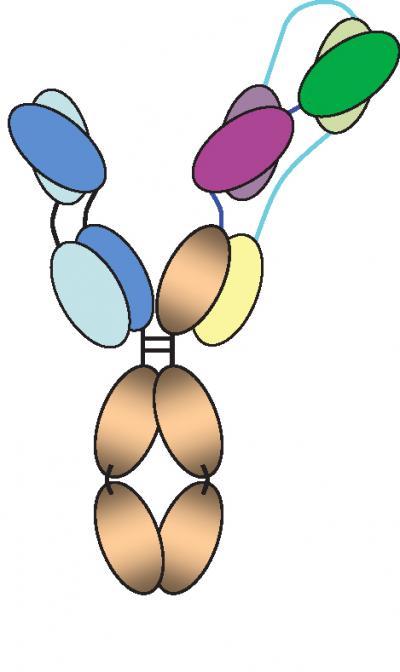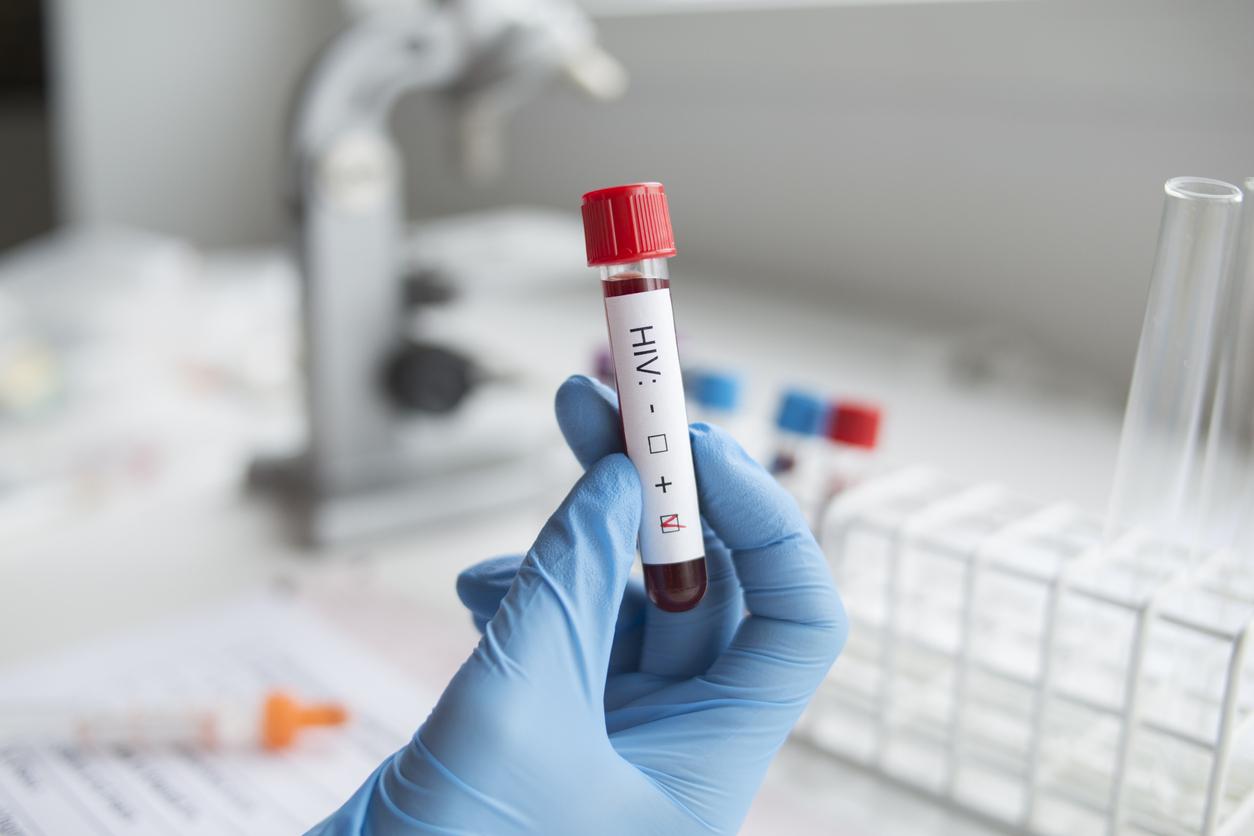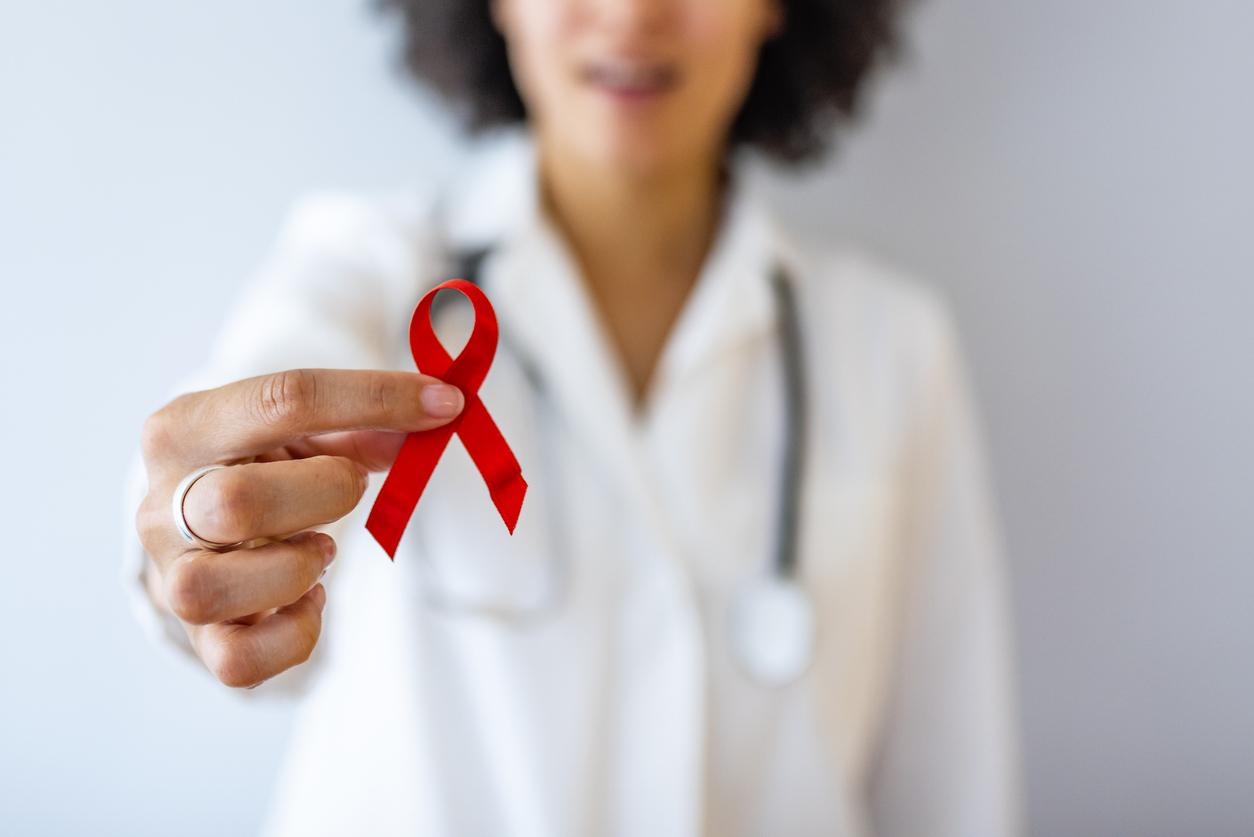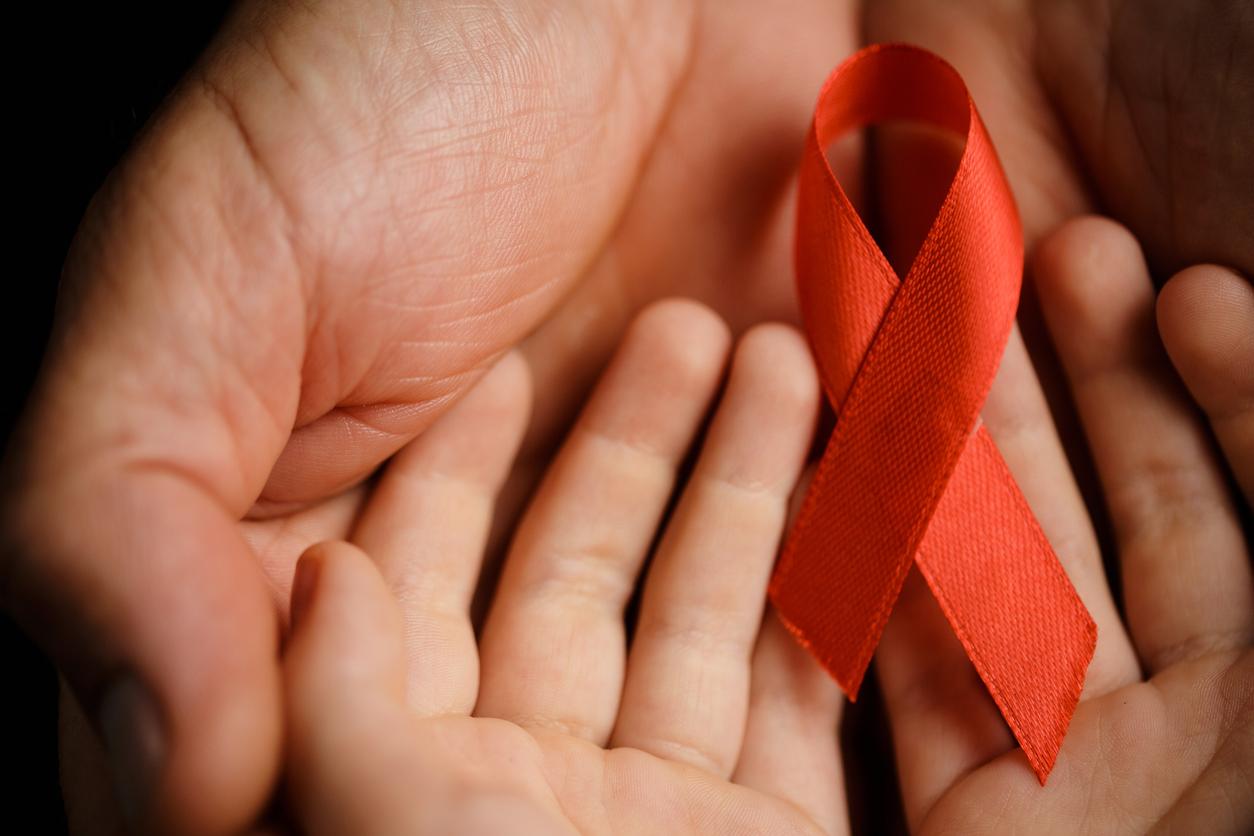A “three-in-one” antibody can effectively defend against HIV. Tested in monkeys, the molecule has delivered promising results.

Literally three in one. Researchers from the American Institutes of Health (NIH) have developed a combination of antibodies capable of neutralizing the action of HIV. A pooled shot that proves to be more effective than the separate administration of each antibody, as shown in a study published in Science.
The work, carried out on rhesus macaques, should not be reproduced in humans.
This is not the first time that neutralizing antibodies have been tested against the virus that causes AIDS. But each time, the same pitfall emerges. Targeting a single area of HIV cannot protect or even treat infection.
“We see that the antibodies are not wide enough in their spectrum of action to control the virus in a sustainable way, explains to Foruqoidoctor Prof. François Dabis, director of the National AIDS Research Agency (ANRS). The model was interesting, but it only worked temporarily, or on a given spectrum. “
An ideal model
HIV is indeed known to evolve rapidly and resist treatments through their weak points. As such, the approach developed by the NIH and the Sanofi laboratory seems ideal. Three areas of the virus are targeted by three different antibodies united in the same molecule. In theory, multiplying the targets should make the virus’ task more difficult.

This diagram represents the “three-in-one” antibody. Segments of different colors bind to different areas of the virus (NIAID)
“These researchers have succeeded in building something which would be larger capable of avoiding this phenomenon of immunological escape, which is new”, comments François Dabis. This hypothesis remained to be confirmed in living beings.
Before testing antibodies in humans, animal research is essential. 24 rhesus monkeys were therefore selected. “It is the best animal model to date for this disease,” recalls Professor Dabis. The macaques were separated into three groups, which underwent different treatments.
An uncertain outcome
Two groups were exposed to a single neutralizing antibody, then to HIV, and a third to the combination of three molecules. And the latter method is particularly effective. None of the monkeys developed any sign of infection… which was not the case in the other groups.
Antibodies also more effectively block the spread of the virus from infected cells. Encouraging results. But the director of the ANRS remains cautious.
“It’s a bet whose outcome is totally uncertain, weighs François Dabis. It is necessary to imagine that these molecules are artificial, with all that this can involve of uncertainties on the human immunological system. “
These results are however positive enough to initiate a clinical trial in humans. The first tests, scheduled for 2018, will confirm that this “three-in-one” antibody is safe for humans and detail how it is assimilated by the body.
A complement to treatments
The Sanofi laboratory plans to conduct the trial in two groups: healthy people and HIV-positive patients. A choice that is not made at random. “We hope that these antibodies can act as a therapeutic method, but also for preventive purposes, like a vaccine,” explains François Dabis.
This is also the whole mystery that hovers around these antibodies: for what purposes will they be used? One thing is certain, they will not be intended to replace antiretroviral drugs, which are currently the best option. “Today, a patient who takes his treatment correctly has a 99% chance of controlling the virus,” says Professor Dabis. Rather, we are thinking of associations that would make it possible to lighten or simplify the treatment. “
The combination path is all the more conceivable as the mode of action is complementary: neutralizing antibodies act on the immune system, which is not the case with antiretrovirals.

.














